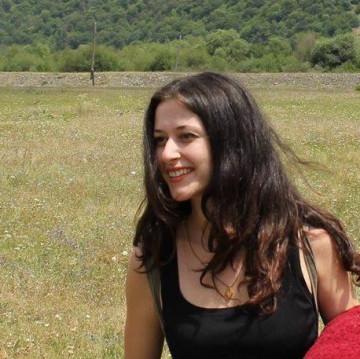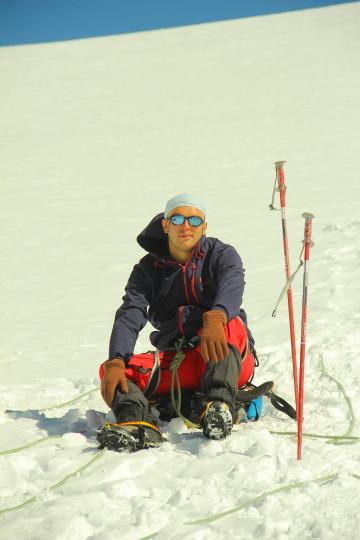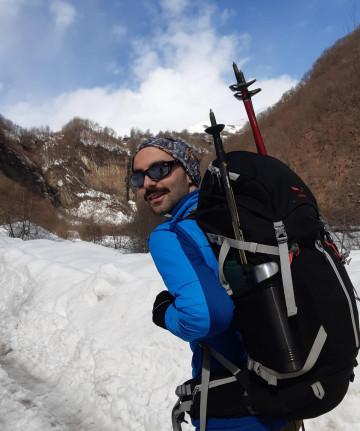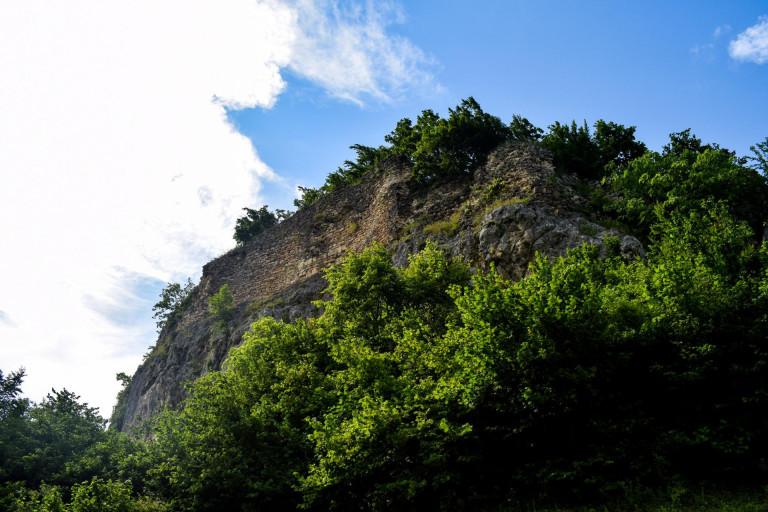
Help other travelers use your experience.
Review this destination, share your thoughts, impressions, pros and cons.
Let's make traveling easier than ever.
Chiatura Municipality is located in the Imereti region. It draws attention to its ancient archeological-cultural monuments and beautiful nature. The area has been inhabited since ancient times, since the Stone Age. Remains of the world's oldest thread have been found in the Dzudzuana Cave in Chiatura. The entire skeleton of a Paleolithic human was discovered for the first time in the history of Caucasian archaeology in the Kotia Cave on the territory of the municipality. Chiatura was inhabited during the Bronze Age and in antiquity. It was also developed in the Middle Ages, as evidenced by the many castles preserved and temples of high artistic value. Today, Chiatura is a developed municipality, in the formation of which the industry formed at the base of the manganese ore deposit in the Kvirila River valley played an important role. The district has a museum of local lore, a drama theater, sport and art schools, and other cultural and educational institutions. The main role in the economy of the municipality is played by industry, in particular, the extraction and enrichment of manganese ore. Chiatura also has great tourism potential, which is due to the beauty of nature and the abundance of cultural and historical monuments. Amazing karst caves, valleys, ancient temples, and castles attract a lot of visitors and make an indelible impression.
Chiatura Municipality is located in the Imereti region, in the basin of the river Kvirila. It includes the north-western part of the Chiatura Plateau and the southern slope of the Racha Range. The administrative center of the municipality is the city of Chiatura. The district is bordered by Sachkhere to the northeast, Kharagauli, Zestaponi, and Terjola to the south and southwest, Tkibuli to the west, and Ambrolauri to the northwest. Chiatura area is rich in inland waters, the main river is Kvirila. Within the structural plateau of the district, the forest has been destroyed and the plants are of secondary origin. Most of the territory is occupied by arable land. The main groves of the forest are preserved on the slopes of Racha and Likhi ridges. In the forests here are found: beech, oak, hornbeam, maple, ash, lime, etc. In the territory of Chiatura are spread: Caucasian deer, roe deer, chamois, bear, fox, wolf, forest cat, rabbit, lynx, nightingale, jay, hoopoe, and others. Chiatura Municipality has a humid climate with moderately cold winters and hot, relatively dry summers. The average annual air temperature is 10-14 ° C, in January - 1.4-4 ° C, and in July - 22-24 ° C.
Chiatura Municipality is distinguished by the beauty of nature and the abundance of cultural monuments. The area has small lakes and waterfalls that are perfect for picnics, small trips, although it draws special attention with its caves. The beautiful caves with amazing dripping forms make a great impression on the visitor. There is a famous natural monument in Chiatura - Katskhi Pillar, which is also a cultural monument. The municipality is rich in cultural and historical sights, especially the Katskhi temple with interesting architecture and the cave monastery in a rock cave decorated with wonderful ornaments. There is a museum of local lore in Chiatura, where a variety of materials found in the district are preserved. The work and fighting tools, pottery, jewelry, numismatic specimens, or other interesting exhibits presented here cover the period from the Stone Age to the Middle Ages. Chiatura is one of the most attractive and diverse districts, it is interesting for both nature lovers and people interested in culture. The municipality is rich in cultural and historical sights, especially the Katskhi temple with its interesting architecture and the cave monastery in a rock cave decorated with wonderful ornaments. There is a museum of local lore in Chiatura, where a variety of materials found in the district are preserved. The work and fighting tools, pottery, jewelry, numismatic specimens, or other interesting exhibits presented here cover the period from the Stone Age to the Middle Ages. Chiatura is one of the most attractive and diverse districts, it is an attractive place for both nature lovers and people interested in culture.
Our guides are ready to help you on this trip



Buy our tours online and explore incredible Georgia!








Help other travelers use your experience.
Review this destination, share your thoughts, impressions, pros and cons.
Let's make traveling easier than ever.
Please login to ask a question
Ask a Question